By: Lawrence J. Zeller, MSEA
What are Roth contributions?
Traditionally, contributions to an IRA or 401(k) plan are tax-deductible when made, and taxable when withdrawn in retirement. Roth contributions1 on the other hand, are taxable in the year when they are made, but can be withdrawn tax-free during retirement. As long as certain requirements are met, both the contributions and earnings in a Roth account are non-taxable when withdrawn.
What conditions must be met for Roth 401(k) distributions to be tax-free?
In order to avoid paying taxes on Roth account withdrawals, the Roth account must have been established at least 5 years ago. There are complex rules regarding this 5-year “clock,” but in most cases the rule is that the 5-year period begins on the first day of the year in which you make the first Roth contribution to the account. So, for example, if your first contribution was made on December 30th, 2021, the clock starts on January 1, 2021 and you would be eligible to make tax-free withdrawals beginning on January 1, 2026, even though that’s only 4 years and 2 days after the actual contribution. In addition to meeting the 5-year rule, the participant must be at least age 59½ at the date of distribution 2.
Why have Roth 401(k) contributions been in the news lately?
The SECURE 2.0 Act 3 added a provision that requires catch-up contributions 4 to be made on a Roth basis for individuals with more than $145,000 in wages 5 in the previous year (indexed). Originally, this provision was set to be effective January 1, 2024. But the new rule gave rise to many complicated questions and logistical issues. Pension practitioners, professional retirement plan organizations, and payroll companies explained to the government why more time was necessary before this provision becomes effective. On August 25, 2023, the IRS and the Treasury Department announced that enforcement of the Roth catch-up mandate would be delayed until January 1, 2026. This was a big relief!
Must all 401(k) plans offer Roth contributions?
No, many 401(k) plans do not offer Roth contributions. But if a plan does offer Roth, then all participants must be allowed to elect whether to make Roth contributions or stick with traditional (tax-deductible) treatment for all or part of their contributions. The same is true regarding catch-up contributions: if they are offered, all participants must be eligible to elect them. Therefore, beginning in 2026, with limited exceptions, if a 401(k) plan does not offer Roth contributions, then participants will not be able to make catch-up contributions.
So, does it make sense to make traditional 401(k) contributions or Roth 401(k) contributions?
Ah, this is the big question, and of course the answer is “it depends.” If the goal is to minimize the total amount of taxes paid, then it helps to consider whether you’re likely to be in a higher tax bracket when you make the contribution or when you receive the distribution from the account. In general, if you’re in a higher tax bracket when you make the contribution, traditional is favored; if you’ll be in a higher tax bracket when you receive the distribution, Roth is favored. But there are a lot of exceptions to this rule, and it depends on the specifics of your situation. Here are a few examples of different situations that favor one type of contribution or another.
I’m just starting my career and want to start saving for retirement early!
You would generally favor Roth, since you are likely to be in a lower tax bracket now
than you will be later in your career.
I want to save the largest possible amount for retirement.
You would generally favor Roth, since you are effectively pre-paying the taxes on your
retirement savings.
I want to put some money aside for retirement, but I am worried about the impact on my current finances.
You would generally favor traditional in order to minimize the impact on your paycheck.
Traditional contributions aren’t subject to income tax withholding, so for example a $500
contribution might only result in a $350 reduction in your paycheck.
I am in the later part of my career and have high earnings. I am considering retiring in the near future, and expect to fall into a lower tax bracket.
You would generally favor traditional contributions. You should take the tax deduction
now while in a higher tax bracket and pay taxes later at a lower bracket. This also
avoids having to meet the 5-year rule in case funds are needed before the end of the 5
years.
I want to maximize the amount I leave for my heirs.
You would generally favor Roth. That’s because traditional accounts are subject to
something called the Required Minimum Distributions (RMD) rule, meaning that a
certain percentage must be taken out of the account each year starting at a certain age.
Starting in 2024, RMDs will no longer be required from Roth 401(k) accounts while you
are still alive.
There are many more situations than the five shown above. In addition, more than one of these situations can apply at the same time, some favoring traditional, some favoring Roth. You should consult with your tax advisor about what’s best for you.
1 Income limitations may restrict the ability to make Roth IRA contributions. This article deals mostly with Roth 401(k) accounts.
2 Withdrawals can also be made if the participant dies or becomes totally disabled (under the Social Security definition of total disability)
3 For more information about SECURE 2.0, see https://www.preferredpension.com/news/2023/1/17/secure-20-act
4 https://www.investopedia.com/401k-catch-up-contributions-5499024
5 This is defined as wages for FICA (e.g. Social Security) from the employer sponsoring the 401(k) plan. If you have wages from more than one unrelated employer, or wages not subject to FICA, then this limit will apply separately to each employer’s wages, or not at all.
